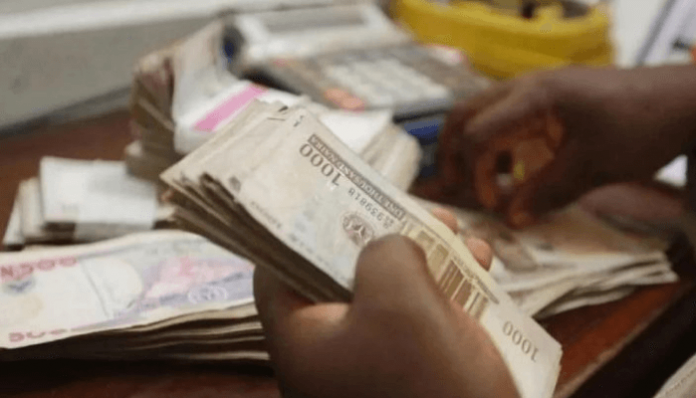The average yield on Nigerian Treasury bills increased as investors sold more naira assets in the secondary market ahead of inflation data.
Inflation is predicted to slow, although economists have begun to raise concerns about disinflationary expectations due to rising petroleum pump prices. Investors are earning a negative interest yield despite monetary policy tightening. In June, Nigeria’s debt management modified spot rates on Treasury bills to reflect shifting market conditions.
Fixed income specialists have voiced divergent views on spot rate pricing on government borrowing instruments ahead of the forthcoming Treasury bill auction.
Investment bankers at AIICO Capital Limited said the treasury bills market started the week with a mixed to bearish tone due to tight system liquidity. Analysts said selling interest was evident in the mid-and long-term papers, particularly in the March 2025, April 2025, and some September 2025 papers.
Across the curve, the average yield declined at the short (-3bps) and mid (-4bps) segments, analysts at Cordros Capital Limited said in a report.
The yield declined due to demand for the 66-day to maturity (-4bps) and 171-day to maturity (-5bps) bills, respectively. Meanwhile, the average yield expanded at the long (+34bps) end due to profit-taking activities on the 332-day to maturity (+199bps) bill.
Elsewhere, the average yield declined by 4bps to 24.6% in the OMO segment. In September, the Central Bank of Nigeria (CBN) held three rounds of Treasury bills and two rounds of OMO auctions to manage excess liquidity.
For NTB, yield varied across different tenors, with the 91, 182, and 364-day bills closing at 17.0%, 17.5% and 20.0% respectively, down 1.2 percentage points (ppts), 1.7ppts and 0.9ppts from August, Afrinvest said in a note.
Investor demand for NTBs remained steady, particularly for the longer-tenor bills, as investors sought to hedge against rising inflation.
Concurrently, the CBN actively used OMO auctions as a liquidity management tool, withdrawing ₦712.5 billion from the system to moderate excess liquidity and curb inflationary pressures.














